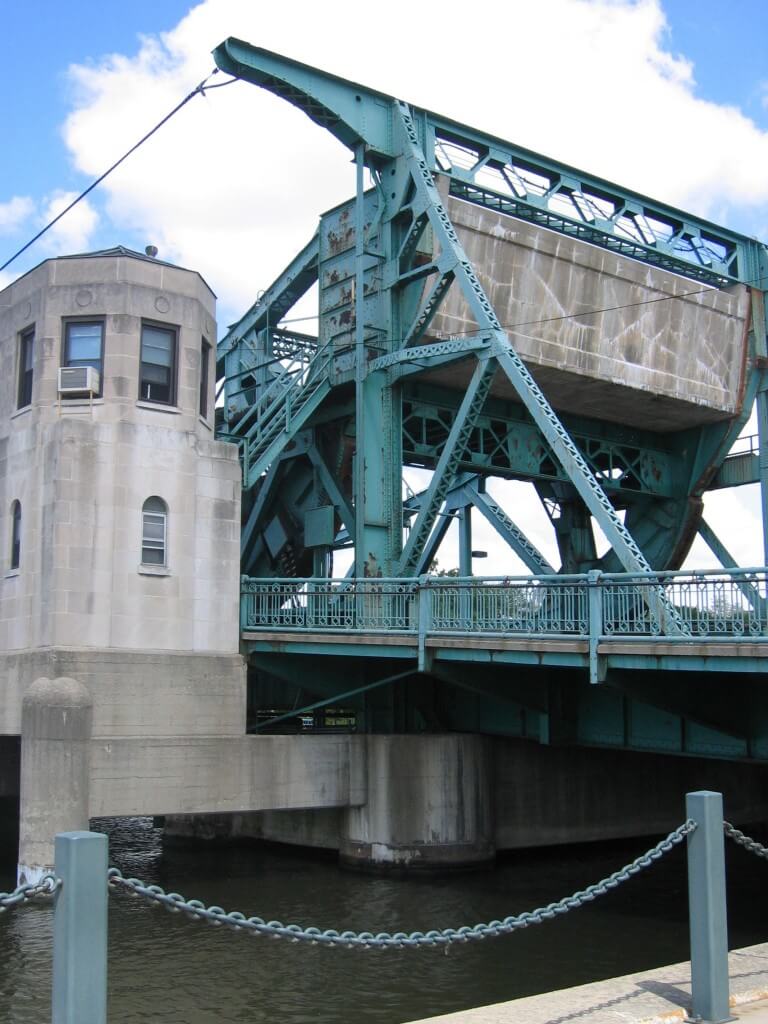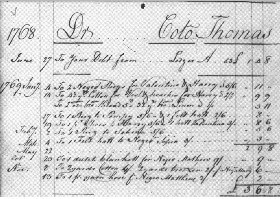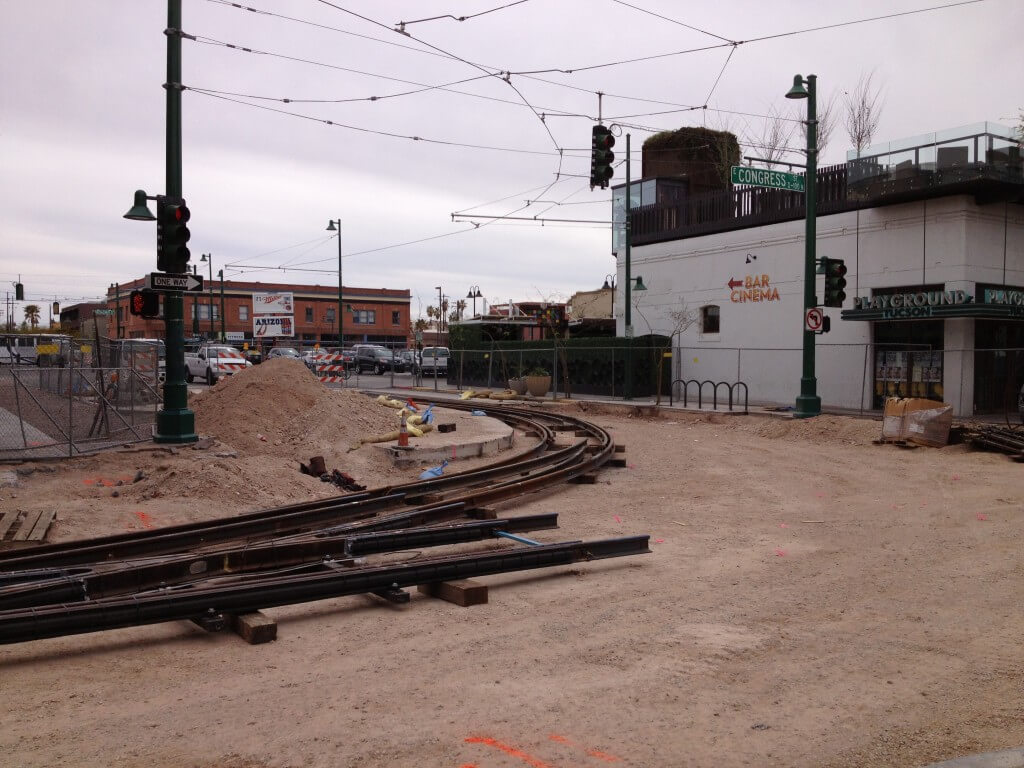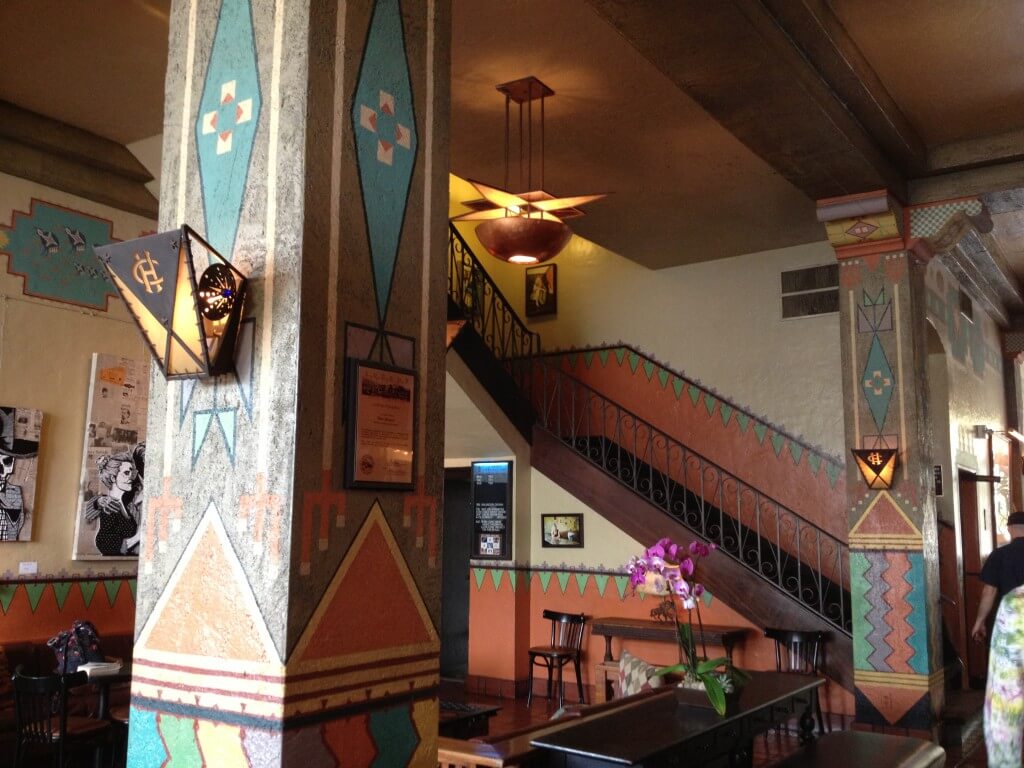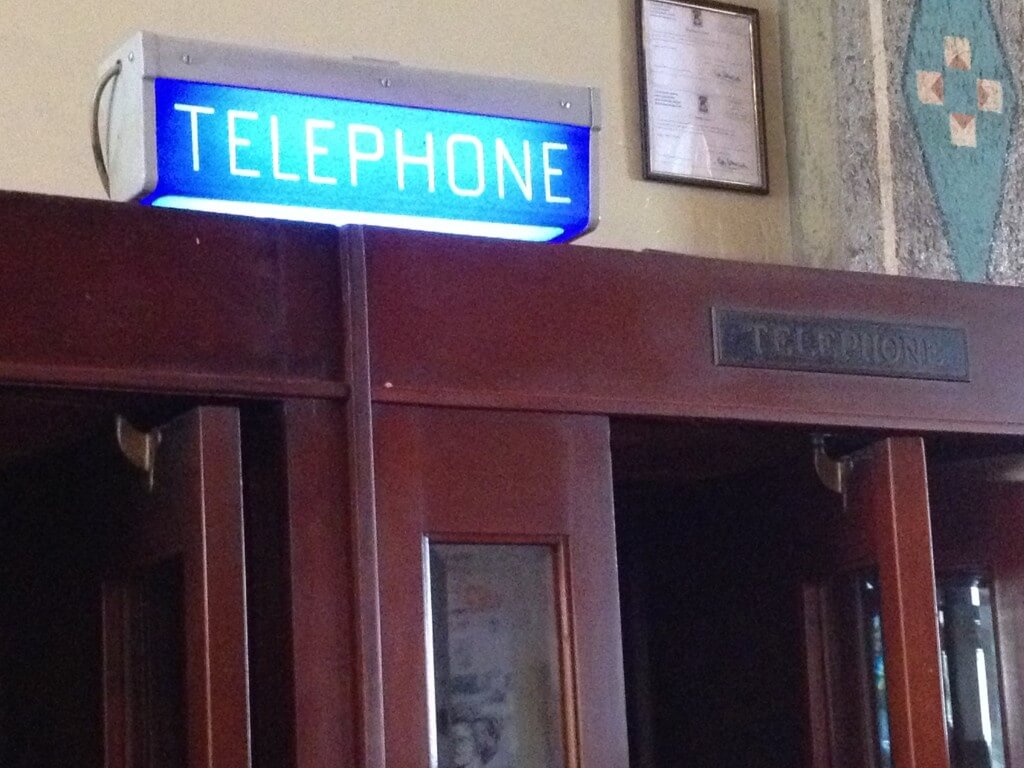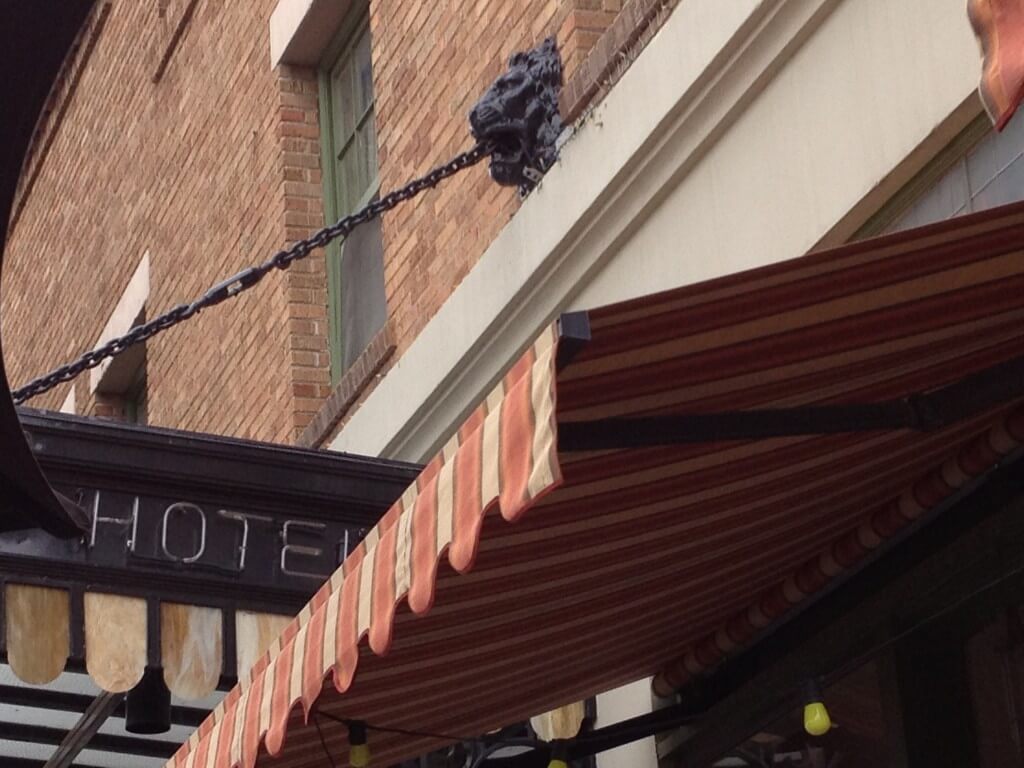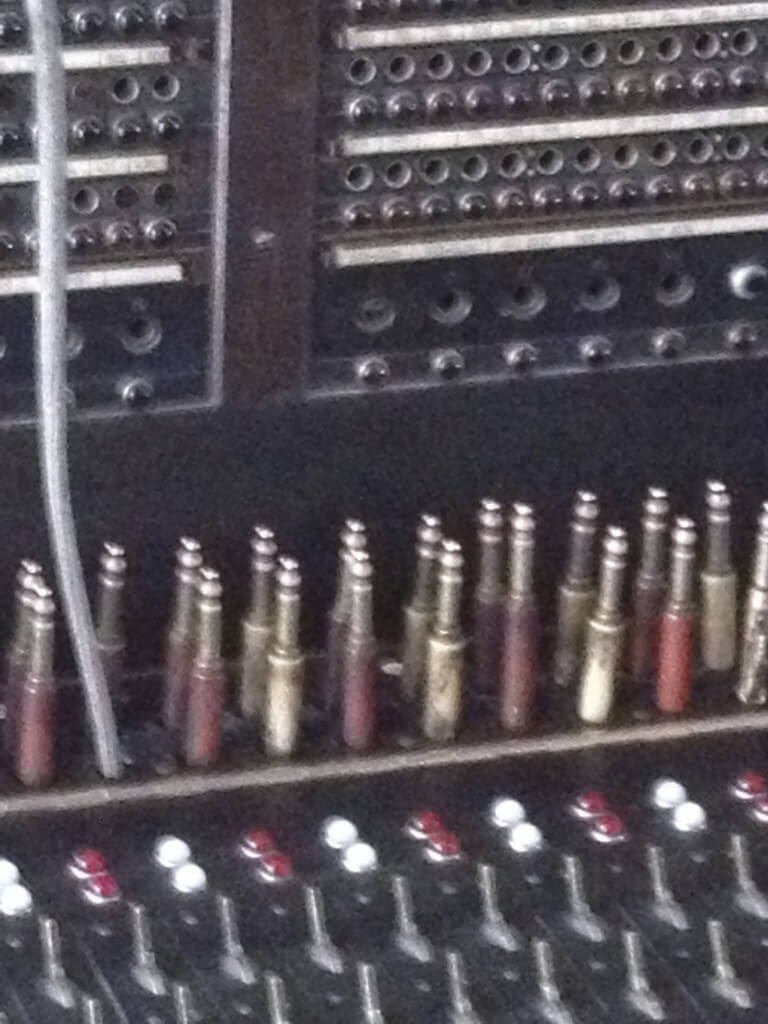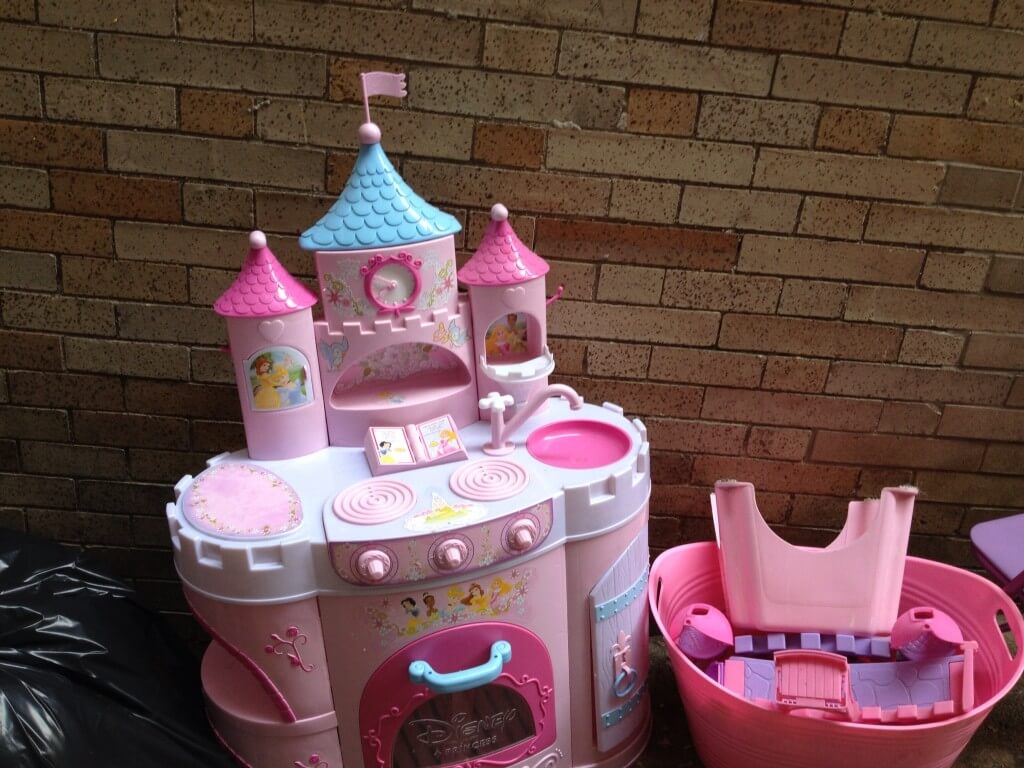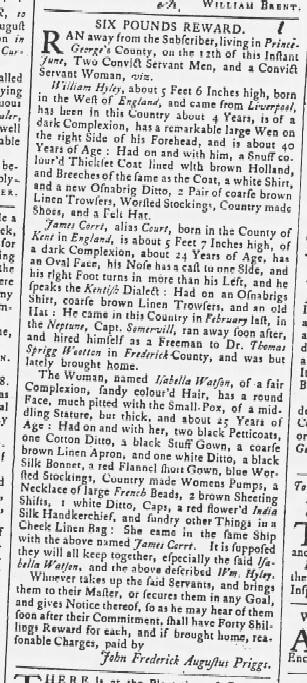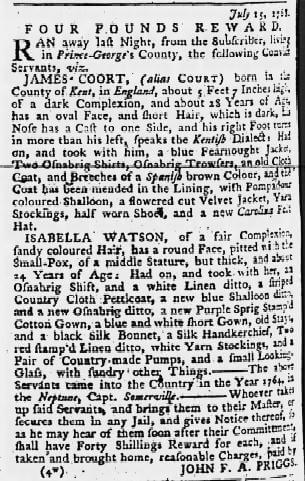Next Sunday, I will be speaking at the American Alliance of Museum’s conference in Baltimore, Maryland. The American Institute for Conservation’s Collection Care Network will be hosting a flash session, facilitating discussions with the audience about three important topics in collection care: raising the visibility of collection care in institutions, creating partnerships with facilities staff to further collection care goals, and guidance for working with consultant conservators, especially for small institutions.
I’m guiding the discussion on raising visibility of collection care. As a collections manager, I’m particularly interested in not just running the gauntlet of exhibition and publication projects and throwing my body in front of harm’s way to protect my collections. I want to target the bigger issues. How do we turn messages such as “the art is dusty! you need to dust more!” into “what factors can we change to reduce dust in the galleries?” Dusting artwork is abrasive to often delicate surfaces. Removing carpet from gallery spaces, using HEPA vacuums to clean the spaces, and routine regular maintenance of HVAC systems can reduce dust deposition on artwork.
Of course, in order to broach those subjects, we need to raise the visibility of collection care. It’s important for staff and/or departments undertaking this mission that it’s not a sprint; it’s a marathon. Here are a few ideas to start fostering a greater understanding of collection care in your institution:
- Try starting a meeting or discussion group at your institution about collection care. I did this at my institution in 2005. Before that time, the phrase “collection care” was not used. Now it is frequently used. People may not always understand exactly what collection care is, but bringing the phrase into conversation allows for the idea to grow and be shaped within the institution.
- Ask administration for a short meeting every month about collection care. Hit a different topic every time. Bring in additional staff who have a stake in collection care. Suggest a comprehensive survey that can provide that administrator with an overall, digestible snapshot of collection care, like the Benchmarks in Collection Care survey from the Museum, Libraries, and Archives Council in the UK. Use the results to guide your conversations.
- Have a big picture meeting with collection managers and other staff. Use it as a platform to talk about needed training, or challenges they are facing. Make collection care a necessary goal, not just “in between projects” work. Collection care is not a luxury.
- Build out from your emergency program – if you are talking about rare and catastrophic risks to collections, extend that discussion to talk about the constant everyday risks collections are facing, including dust, handling, light exposure, and lack of storage supports leading to distortion.
- Sneak it into the health and safety or inventory section of your institution’s audit. I heard this suggestion at a British Library preservation conference. Audits are where institutions like to shine, so it’s a way to introduce goals or suggest projects that gets administration set the best practices bar higher.

